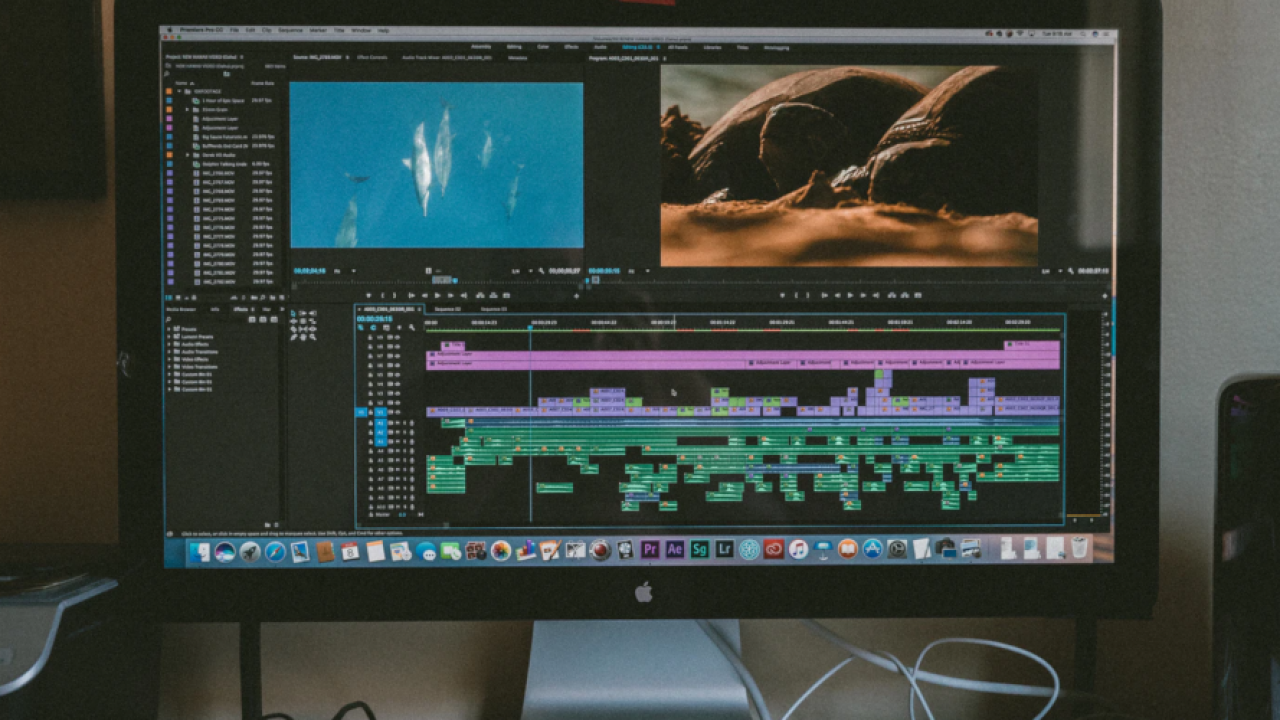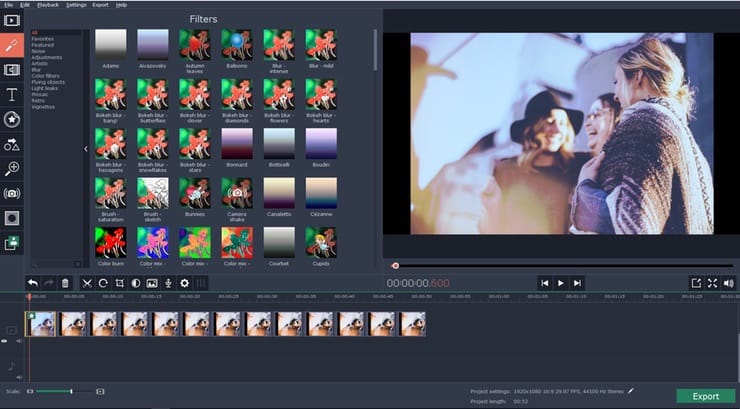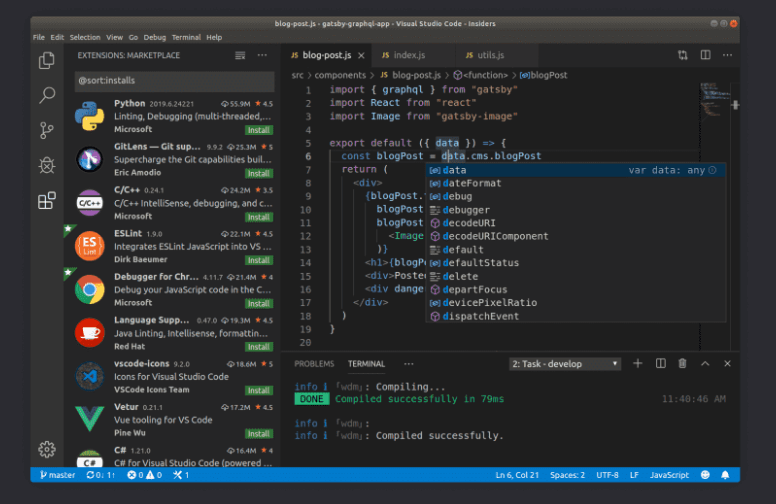
It’s hard to talk critically about this stuff - girls and young women, manipulated images, and the implicit assumption of what those images are doing to their self-esteem - without coming off as a little bit hokey, or at the very least tiresome. Facetune is the ultimate culmination of those two forces: A cheap, easy-to-use Photoshop alternative in the pocket of anyone with a smartphone, allowing them to smooth, slim, or skew any part of their face or body in an instant.
They have had access to modern technology and social media for much of their lives, and they’ve also had the power to digitally manipulate those images themselves. Zoe is part of a generation that has never known a world that isn’t filled with digitally manipulated images. If an acquaintance from school or someone in their social circle used it too heavily though? That’d be weird, she explains. Zoe says that neither she nor her friends really use Facetune much, but they see evidence of it constantly, on the Instagram accounts of influencers and celebrities. Louis: “If little things it’s fine, but you can tell when someone’s done a lot to their pictures.” Says the 21-year-old college senior in St. But that’s the extent of her Facetune use. There are others that smooth her skin, whiten the insides of her eyes, and adjust the lighting. We are hoping to have another look at it once the bugs have been fixed.There’s a tool in Facetune, the popular selfie-editing app, that Zoe Schuver uses to make her earrings look shinier. Nevertheless in principle Digital Negative looks like a nicely designed app with an interesting feature set. More importantly though it is simply not working very well in its current state which is reflected in the overwhelmingly negative app store ratings. So while Digital Negative offers some interesting functions users should be aware that it is not generating "real" raw files. The aspect ratio of the preview image is different to that of the captured image which makes it virtually impossible to correctly frame an image. On the iPhone 5 we discovered an additional problem. This again suggests we're not looking at the same type of raw files that we'd expect from a DSLR. On the iPhone 4S white balance and highlight recovery just generates nonsense output. The problem is that not much of this seems to be working properly at the moment. We spent some time playing with Digital Negative and its output and could not get Adobe Camera Raw to interpret the DNGs correctly at all, but the in-app "Dark Room" offers some interesting options – white balance correction, highlight recovery, NR adjustable in 10 levels among other parameters.
#Best mac programs for editing a negative update
KitCam also added similar functionality in an update last week, and Pure Shot, by the same makers of 645 Pro, also boasts " dRAW TIFF output."

Even though the TIFF files were bigger, their overall image quality was not discernibly better than the maximum-quality JPEG output. We debunked 645 Pro's raw TIFF option last year with a side-by-side comparison of the giant TIFF file and the compressed JPEG. They show up as compressed 48-bit files (16-bit each channel for RGB), so have been demosaiced at least, and probably white-balanced and gamma corrected too.ĭigital Negative is not the first app that claims to offer this type of super high-quality file output from a smartphone. Digital Negative outputs DNG files with a TIF extension that are 28.5MB each.

True RAW is the output from the sensor’s pixels, prior to demosaicing, white balance or gamma correction (i.e. If you're a little suspicious, you should be. These Digital Negative (DNG) pictures are much like the negatives from a film camera, and the serious photographer can use standard raw editing programs or Digital Negative’s built-in raw editing tools to develop the photograph and display all of the features in the image.

In the app description in iTunes, the Digital Negative team explains its methodology:ĭigital Negative is the first app that captures uncompressed images that retain all of the information recorded by the camera sensor.
#Best mac programs for editing a negative manual
Digital Negative's capture interface has a live histogram and allows for manual focusing.ĭigital Negative for iOS is the latest app aiming to appeal to more serious photographers by claiming it works " like the negatives from a film camera" by saving and editing images as DNG files.


 0 kommentar(er)
0 kommentar(er)
